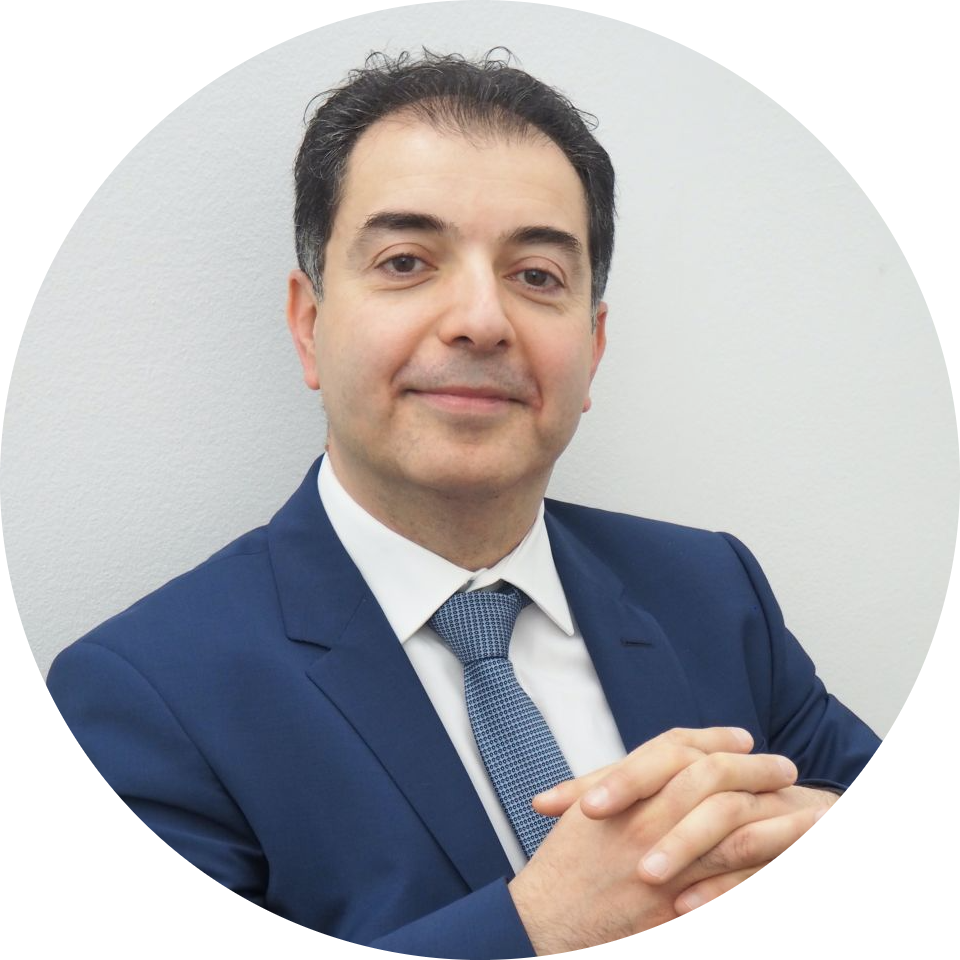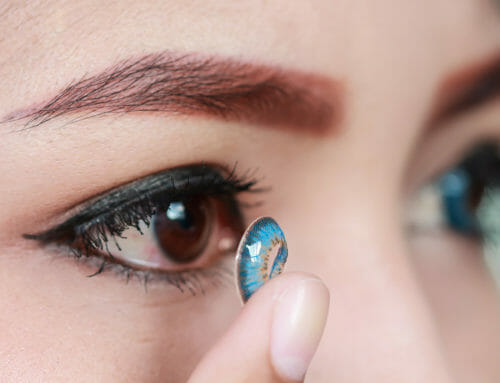
What Is A Cornea Transplant?
A cornea transplant, or graft, is a surgical procedure to remove and replace all or part of the cornea. The cornea is the front window of the eye and it covers the iris, pupil, and anterior chamber.
The cornea is made up of 5 layers; the epithelium, Bowman’s layer, the stroma, Descemet’s membrane, and the endothelium. If one or more of these layers are diseased or damaged, a cornea transplant may be necessary. There are 3 main types of cornea transplant surgeries, with each replacing a different part of the cornea depending on what is needed. All types of corneal transplants use donor tissue to replace the diseased or damaged cornea tissue. The donor tissue is taken from a healthy, clear cornea from the eye of a donor who has died.
Penetrating Keratoplasty (PK)
This type of cornea transplant replaces the full thickness of the cornea with a healthy and clear donor tissue and is required when a cornea has become diseased or severely damaged, and where no other option of surgery remains. PK can be carried out under local or general anaesthetic and takes about one to two hours to complete. During surgery, a central 8mm button of cornea is removed and a similar sized button of the donor cornea is stitched in with tiny stitches. After surgery vision will stay misty and/or cloudy for a few days and will improve gradually for about 12-18 months. Individual stitches may be removed from three months after the surgery, but complete stitch removal is not performed until at least one year after the surgery. Following surgery, and once fully healed, around 75% of transplant recipients have adequate vision to drive legally, but to get the best results from vision, glasses or contact lenses may need to be worn.
Deep Anterior Lamellar Keratoplasty (DALK)
This type of cornea transplant is a partial thickness transplant and replaces the front 99% of the cornea with a donor cornea. Unlike penetrating keratoplasty, DALK keeps the back layers of the cornea, the Descemet’s membrane and endothelium layer, in place and it is used as an alternative to PK, when these back layers of the cornea are healthy. The surgery itself is carried out much the same as PK, but just less donor cornea is used. Again, stiches are used to keep the donor tissue in place, but as only part of the cornea has been replaced, healing and visual recovery are usually quicker than what are seen with PK. To get the best vision following surgery, glasses or contact lenses may need to be worn.
Endothelial Keratoplasty (EK)
This type of cornea transplant is a partial thickness transplant and replaces only the back layers of the cornea. Unlike to above two transplants, EK can be further split into two methods; Descemet’s stripping endothelial keratoplasty (DSEK) and Descemet’s membrane endothelial Keratoplasty (DMEK). Both DSEK and DMEK are very similar and the procedure to carry them out is the same, but DMEK differs as the donor cornea tissue does not include any stromal layer tissue. The consultant ophthalmic surgeon will decide which surgery is necessary, depending on the damage or disease that is present. EK transplants are used when there is a problem at the back of the cornea. To help keep the cornea clear, the cells lining the inside of the cornea pump fluid to stop the cornea from swelling, if there are not enough cells, due to disease or damage, then the cornea starts to swell and vision will become cloudy. The surgery is carried out differently when compared to PK and DALK; it will again be under either local or general anaesthetic but a very small incision is made between the coloured and white part of the eye. The eye surgeon removes the dysfunctional endothelial cells through this opening and a disc of donor cells is placed back inside the eye. The donor endothelial cells are pressed to the back of the cornea with an air bubble and the patient will need to lie still for about 1 hour following surgery to make sure the air bubble stays in place. Occasionally, a few stitches to close the incision may be needed. Vision will stay misty or cloudy for a few days, and will get better over 3-4 months, as with all types of corneal transplants glasses or contact lenses may be needed after surgery to get the best results from vision.

About the expert
Mr Hamada | Consultant Ophthalmologist and Corneal Surgeon
MD, MSc, DO (hons), FRCSEd, FRCOphth I am Samer, founder and consultant ophthalmic surgeon with over 20 years’ experience in ophthalmology. I am a world-renowned specialist in cornea, cataract and refractive surgery. I’m not only a leading surgeon but also the only dual fellowship trained in corneal diseases in children from reputable institutions in the UK. At Eye Clinic London I work closely with other consultant ophthalmologists, optometrists and orthoptists to achieve the best outcomes for our patients. Our main aim is to make sure our patients get the safest and best treatments available to them. We put your safety before anything else so you can rest assured that if you choose us you will be in the best and safest hands.



